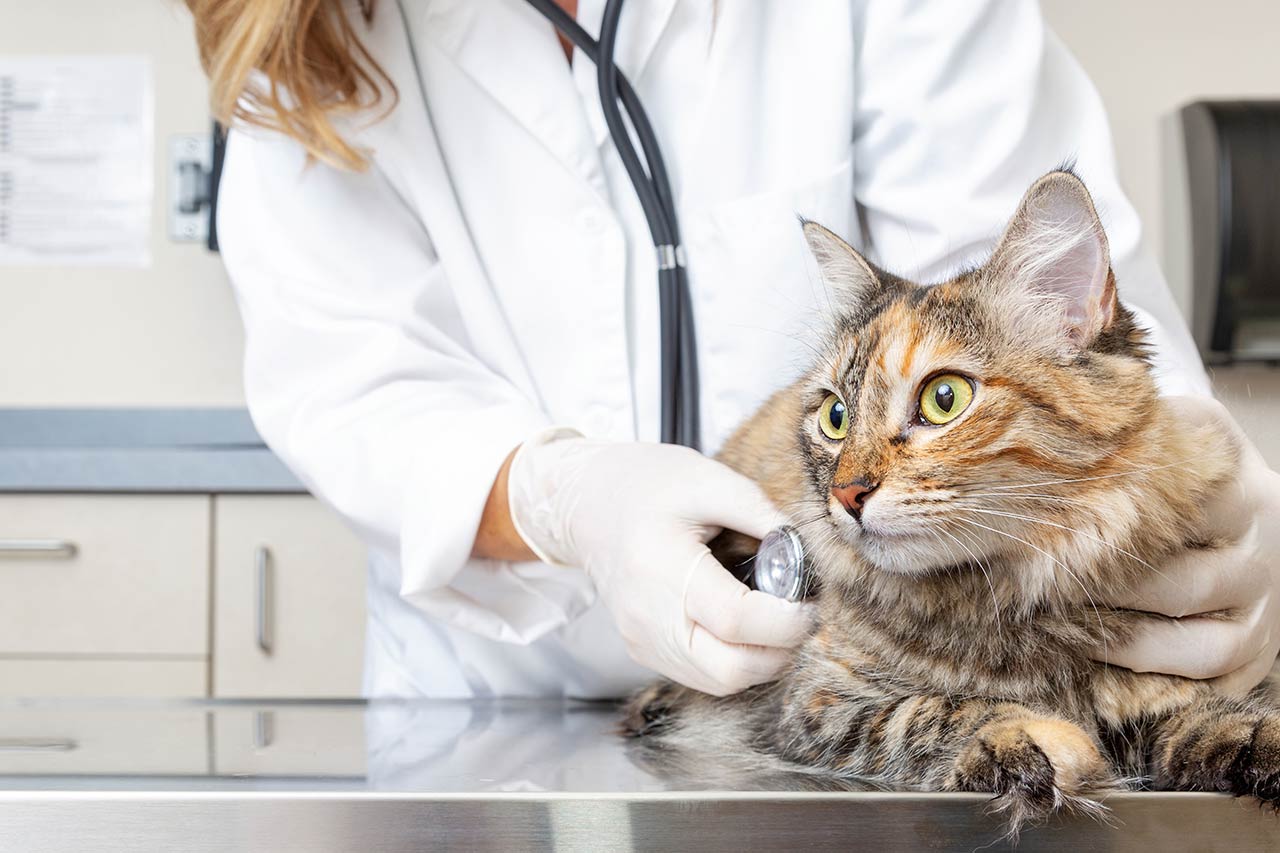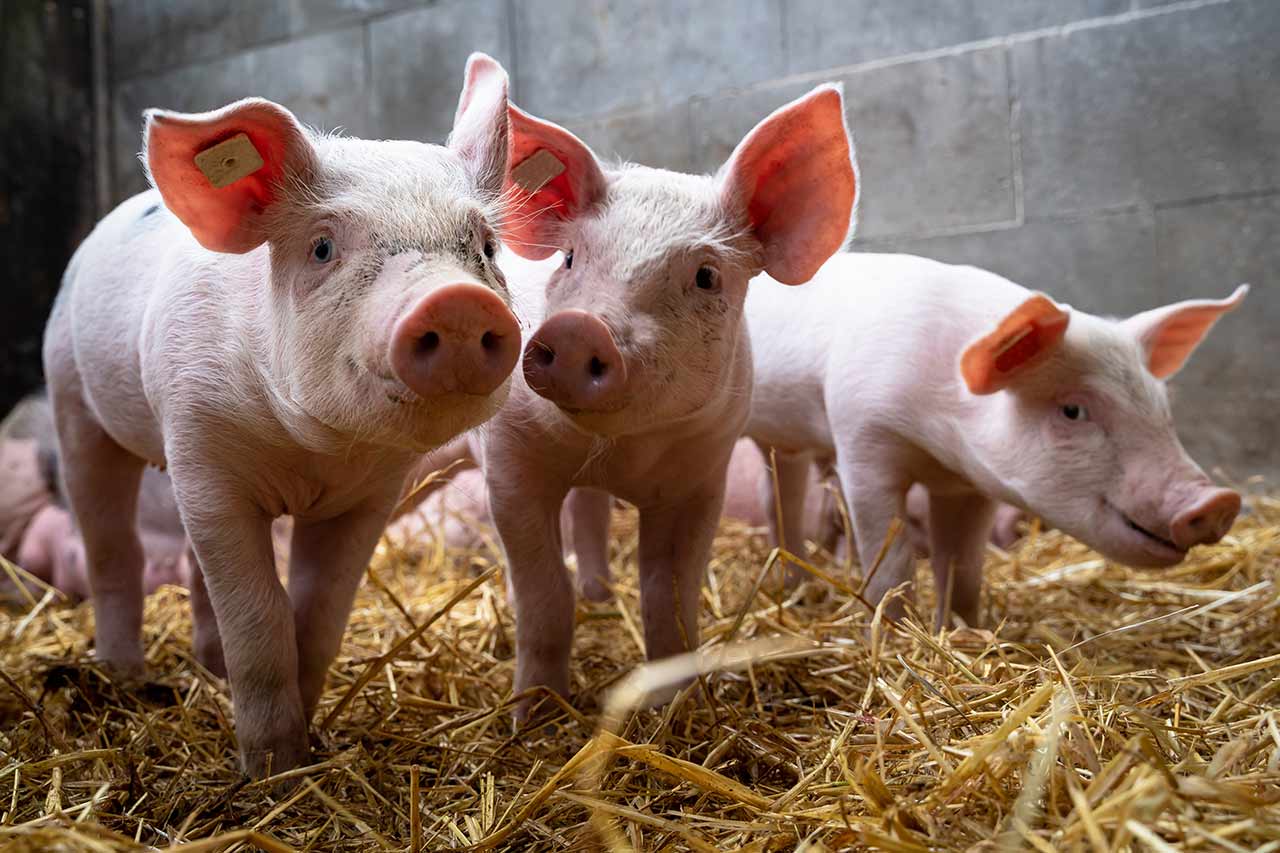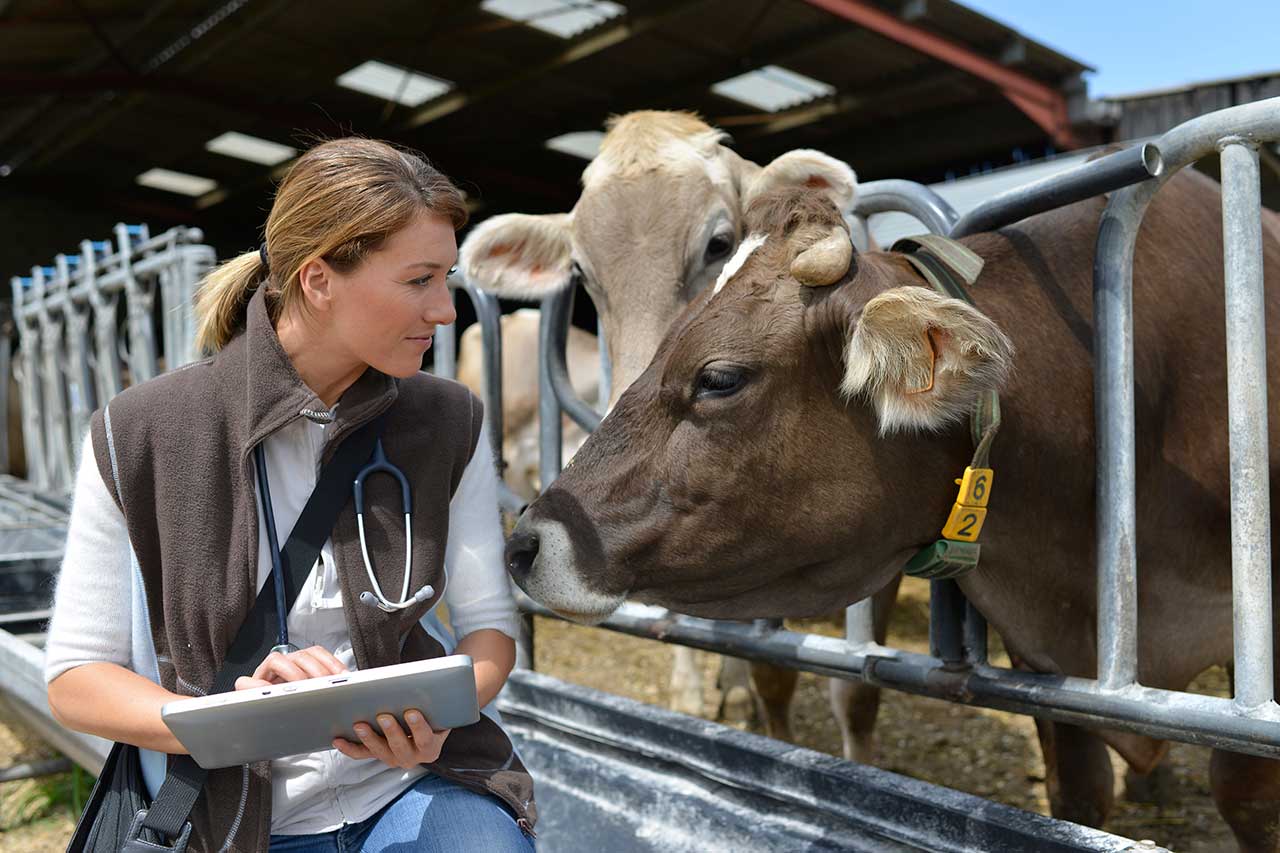The emergence and worldwide spread of zoonoses in livestock could pose a significant threat to global food security. With the rapid growth of human population and increasing demand for meat and dairy products, control and prevention of zoonotic diseases in livestock production are paramount. Real-time surveillance for the monitoring of animal health could unlock a new chapter in zoonoses control. In this article, Alcimed covers zoonoses in two aspects: its impact on food security and the development of digital innovations for early control.
How does losing control of zoonoses threaten food security?
Rapid growth of global population has doubled consumption of meat in the past 20 years. Emerging zoonoses threaten food security by disrupting food systems and increasing food prices. Climate change is speeding the emergence of new infectious diseases and is expected to have lasting socioeconomic effects, even in food-secure regions. During an outbreak of zoonoses, numerous livestock would be culled regardless of infected or healthy. In recent years, due to a lack of prevention in zoonotic diseases, multiple livestock sectors have been suffering from severe production shortfalls and economic losses:
Threat to hog farming: African Swine Fever (AFS)
China, as a leading swine production country, accounts for 25% of global swine production in the year of 2021. Nevertheless, back to 2018, AFS destructed entire sector of hog farm in China. AFS, as a highly contagious and deadly viral disease, resulted in an estimation of 300 million pigs being wiped out. Since no vaccine is available to control AFS, the spread of zoonoses led to a huge shrink of swine production, which immensely rocked the entire swine supply chain and incited a spike of price increase.
Threat to aquaculture: Early Mortality Syndrome (EMS)
Thailand, as one of the largest shrimp producers in the world, had experienced a 50% decline in production of Pacific white-leg shrimp between 2012 and 2014. The production shortfall was due to an infectious disease called Early Mortality Syndrome (EMS), which causes 100% mortality rate in infected shrimp population. The emergence of aquatic zoonoses remarkably constrained the expansion of aquaculture production, leading to potential pitfall of meeting increasing demand on aquatic dietary.
Threat to poultry farming: Avian Influenza (AI)
US, as the top poultry meat producing country, recently experienced a severe outbreak of avian influenza in April 2022. The spread of virus led to 22.6 million birds being culled. In the other side of the world, Japan’s poultry farms have been hit by the avian flu for a total of 18 times within only one year since 2021 to 2022. Such frequent worldwide outbreaks of avian flu straitened the global poultry production. Especially as the most consumed meat type, poultry farming expansion was severely imperiled by zoonoses.
Learn more about our experience in animal health innovation >
Digital innovation as key trend for risk management in zoonoses
The livestock sectors tend to cope with emerging infectious diseases in “crisis response” mode, waiting for an outbreak to occur before going into action. Fortunately, technological advancements have enabled us to switch from crisis response to effective prevention of such outbreaks.
Digital innovations, as the latest trending approach for zoonoses control, could track and monitor the health status data of individual livestock in real time. This continuous surveillance for animals’ wellbeing makes early detection and control for zoonoses become attainable. Examples of such surveillance and monitoring technologies include:
Artificial Intelligence for the prevention of zoonotic diseases
With a customized algorithm, artificial intelligence could quickly and effectively identify diseases by processing information collected in the farm, such as sound, imaging, movement catching, and allows for early intervention.
For example, Alibaba, the e-commerce giant in China, has built an AI system ‘ET-Brain’ in 2018 that could track individual hog about their breed, age in days, diet, weight, movement and even cough sound.
Besides, a Singapore-Japan based start-up, Umitron, has launched a world’s first real-time AI-based analytics for shrimp farming in 2022, which could analyze the shrimps’ growth condition, biomass and appetite by recognizing feeding behaviors, such as activity rhythms, posture, and position. With this information, the system could identify and predict diseases to notify farmers timely with preventive measures.
Thermal imaging device for early detection of zoonoses
A thermal imaging device is a non-invasive tool to detect radiant heat from single or multiple target objects. In the application of livestock farming, thermal imaging device could be applied in monitoring animal fever induced by pathogen infections.
In 2021, a research team from Konkuk University in South Korea has proposed an indicator of maximum surface temperature (MST) for early detection of high pathogenic avian influenza (HPAI) infection. Detection of exceeding MST threshold in poultry farm will activate the alarm system. Early intervention, such as removal of sick poultries, can be taken to avoid potential large-scale death and loss.
Biosensors and wearable technologies to monitor animal health
Wearable biosensors can be tagged or implanted on animals to monitor health status and potential illness, such as ear tags, collars, ankle and tail bracelets and sweat monitor.
IceRobotics, an agri-tech company in UK, have launched a new generation smart sensor called CowAlert in 2019, which could closely monitor the behavioral changes in dairy farm. By assessing the performance metrics, it could allow farmers to shortlist sick livestock in an early stage.
Zoonotic disease is by far the biggest killer of farm animals. Lack of control for infectious diseases in livestock production can exacerbate the food security issues. Thanks to digital innovations, early detection of zoonoses become available to prevent potential massive cull of animals. However, widely adoption of these novel technologies in livestock farm is hampered by the concerns of affordability (pricing) and accessibility (local regulatory framework). We, at Alcimed, will be continuously seeking innovative business models and market opportunities for helping transform the tradition landscape of animal health.
About the authors,
Xianjin, Consultant and Iswan, Project Manager in the Alcimed Healthcare team in Singapore



